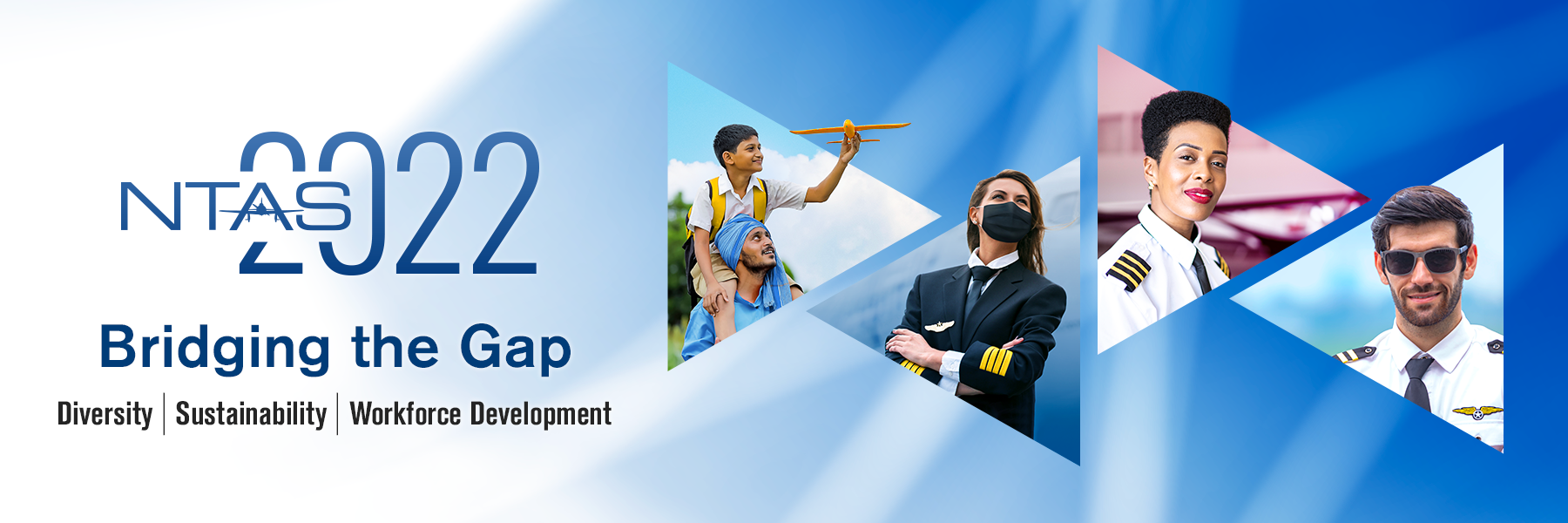Presenter Email
coimbraf@erau.edu
Submission Type
Presentation
Keywords
UAS, Safety Management of Wildlife Hazards to Aviation, Wildlife Hazard Assessment, Service Learning
Abstract
Airports operating under the Code of Federal Regulations Part 139 should conduct a wildlife hazard assessment (WHA) when some wildlife-strike events have occurred at or near the airport. The WHA must be conducted by a Qualified Airport Wildlife Biologist (QAWB). The required elements in a WHA include the identification of the wildlife species observed and their numbers, and the location of features on and near the airport that could attract wildlife. Service learning and research projects enable undergraduate students to develop transferable skills that are highly valued by the aviation industry, including critical thinking, self-confidence, the ability to integrate theory and practice, and the ability to publicly advocate for and defend work. The purpose of this ongoing study is to investigate how UAS technologies could be effectively applied to streamline the QAWB efforts during a WHA. Researchers, which include undergraduate students, have used a DJI Matrice 210 quadcopter with a Zenmuse X5S camera and Olympus 14-42mm zoom lens to collect data. Data have been collected at Coe Field, a private-use airport (“Class-G” airspace). We have applied multiple strategies to mitigate the risks associated with drone operations in an airport environment. Preliminary findings suggest that UAS can streamline the observations made by a QAWB during a WHA, including the identification and assessment of potential wildlife attractants, and the identification of wildlife species (e.g., White Ibis). Additionally, results suggest that the versatility and speed of UAS ensure that data can be collected more thoroughly and faster over large areas during a WHA.
Flavio_Mendonca.jpg (607 kB)
Ryan_Wallace.jpg (10462 kB)
1455 - Mendonca_Cole_Wallace_Cabrera.UAS.pdf (6474 kB)
Utilizing Drones to Streamline Wildlife Hazard Management Efforts by Airport Operators
Airports operating under the Code of Federal Regulations Part 139 should conduct a wildlife hazard assessment (WHA) when some wildlife-strike events have occurred at or near the airport. The WHA must be conducted by a Qualified Airport Wildlife Biologist (QAWB). The required elements in a WHA include the identification of the wildlife species observed and their numbers, and the location of features on and near the airport that could attract wildlife. Service learning and research projects enable undergraduate students to develop transferable skills that are highly valued by the aviation industry, including critical thinking, self-confidence, the ability to integrate theory and practice, and the ability to publicly advocate for and defend work. The purpose of this ongoing study is to investigate how UAS technologies could be effectively applied to streamline the QAWB efforts during a WHA. Researchers, which include undergraduate students, have used a DJI Matrice 210 quadcopter with a Zenmuse X5S camera and Olympus 14-42mm zoom lens to collect data. Data have been collected at Coe Field, a private-use airport (“Class-G” airspace). We have applied multiple strategies to mitigate the risks associated with drone operations in an airport environment. Preliminary findings suggest that UAS can streamline the observations made by a QAWB during a WHA, including the identification and assessment of potential wildlife attractants, and the identification of wildlife species (e.g., White Ibis). Additionally, results suggest that the versatility and speed of UAS ensure that data can be collected more thoroughly and faster over large areas during a WHA.




Comments
Presented in Session 3 C - Issues in Aviation Safety